Archaeological dig on the A1 in North Yorkshire uncovers Roman remains
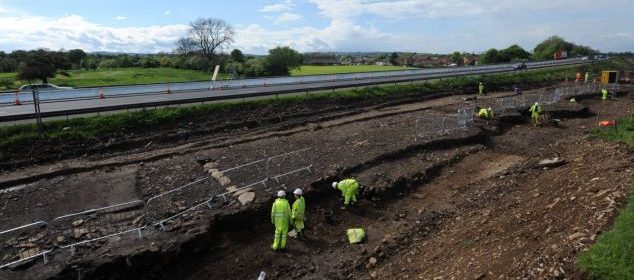
Archaeological dig on the A1 in North Yorkshire uncovers Roman remains
Many people may feel they have spent a lot of time on the A1 road that connects from London to Edinburgh. But according to newly discovered archaeological evidence the route has been in use for a staggering 10 000 years.
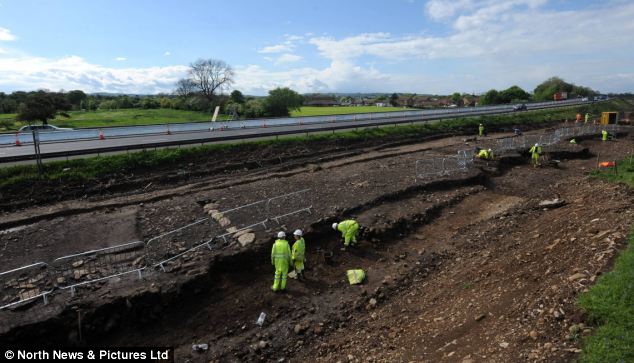
A Mesolithic settlement, similar to a modern-day service station, has been discovered by researchers alongside the A1 in North Yorkshire, near Catterick. This means the route predates previous estimates that claimed it was built by the Romans.
The site is supposed to have been a type of night shelter used in thousands of years ago by people travelling north and south. A number of flint tools from 6000 to 8000 BC were also discovered at the site.
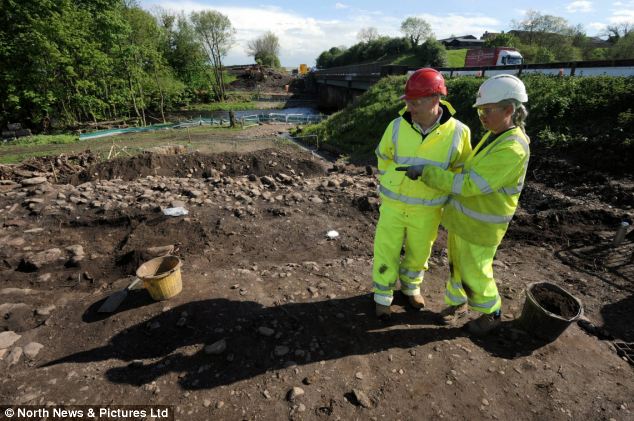
Steve Sherlock, Archaeological Clark for the project, said: ‘This was a place that these people knew of – a place they could return to on many occasions, to stay sheltered overnight during their travels.
‘It is telling us there is evidence for people using the route and moving through the area over periods of time. ‘It is also adding to our knowledge of the early Mesolithic period, a time we don’t know very much about and this is very interesting. ‘We found a small structure which resembled a type of shelter where they were making the flint tools that were also present at the site.’
This rare find was uncovered during the excavation of known Roman settlements in advance of plans to upgrade the A1 to motorway status between Junctions 51 and 56.

Neil Redfearn, principal inspector of ancient monuments for English Heritage in North Yorkshire, said: ‘I think this is really tantalising. This discovery gives us an even greater understanding of the time depth and movement through this landscape.
‘Can we ask questions about route ways that predate the Roman period?’ he asked.
The A1 is the longest numbered road in the country and is under an almost constant state of upgrade. Archaeologists have been excavating ancient monuments between Leeming and Barton, where construction work will begin to widen the road.
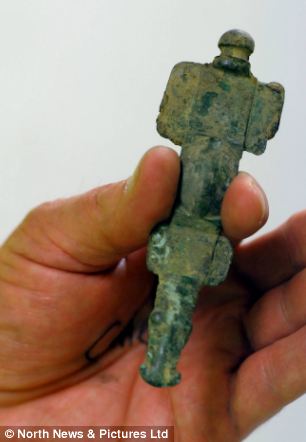
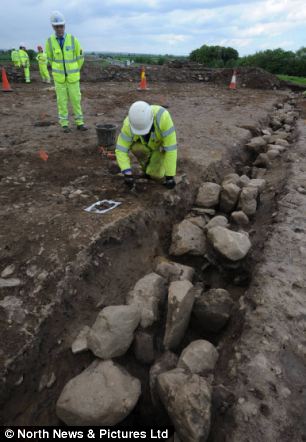
Dere Street, which was built by the Romans, runs alongside the modern A1 and the experts are focusing their efforts on a Roman town located by the road near to the River Swale, called Cataractonium.
They have so far discovered evidence of Iron Age, Mesolithic and Neolithic settlements.
Sherlock said: ‘The road scheme is 12 miles (19km) long and we are investigating a number of different sites.
‘It was fascinating to find that one of those was in fact a Mesolithic site, a further 8,000 years into the past, beyond the Romans.
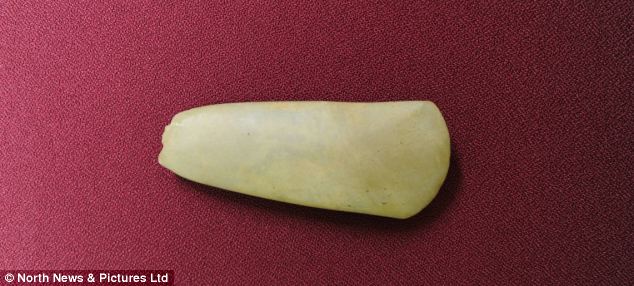
‘We are still finding extremely clear evidence of how people used to live here almost 2,000 years ago during the Roman period.’
The team has discovered buildings on the edge of Dere Street, including shop frontages and even a bath house.
‘We think this was a particularly industrial part of the town,’ he said. ‘Finds during the excavations have included a complete Roman bowl called a Mortaria used for grinding herbs and spices. Another was Roman glass from a drinking vessel, found in Cataractonium.’
Approximately half a mile )0.8km) further south from Cataractonium, is evidence of Iron Age settlements and Iron Age cremations. Redfearn added: ‘This is really interesting because we weren’t quite expecting to find Iron Age material here either.
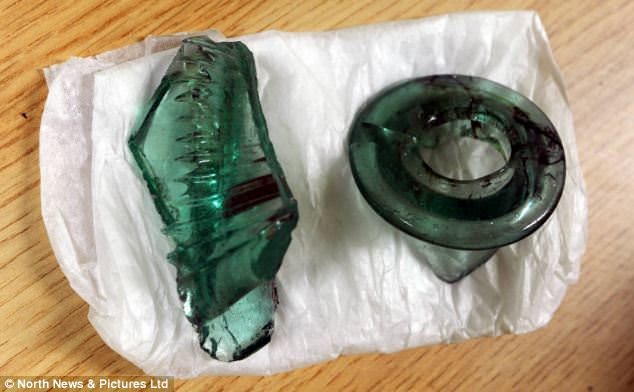
‘In pre-work, we have done quite a lot of studying at desktop level to try to understand what the level of archaeology of the landscape was actually like.
‘To find an Iron Age settlement with Iron Age activity and even cremations gives us an inkling again as to what life was like before the Roman period.’